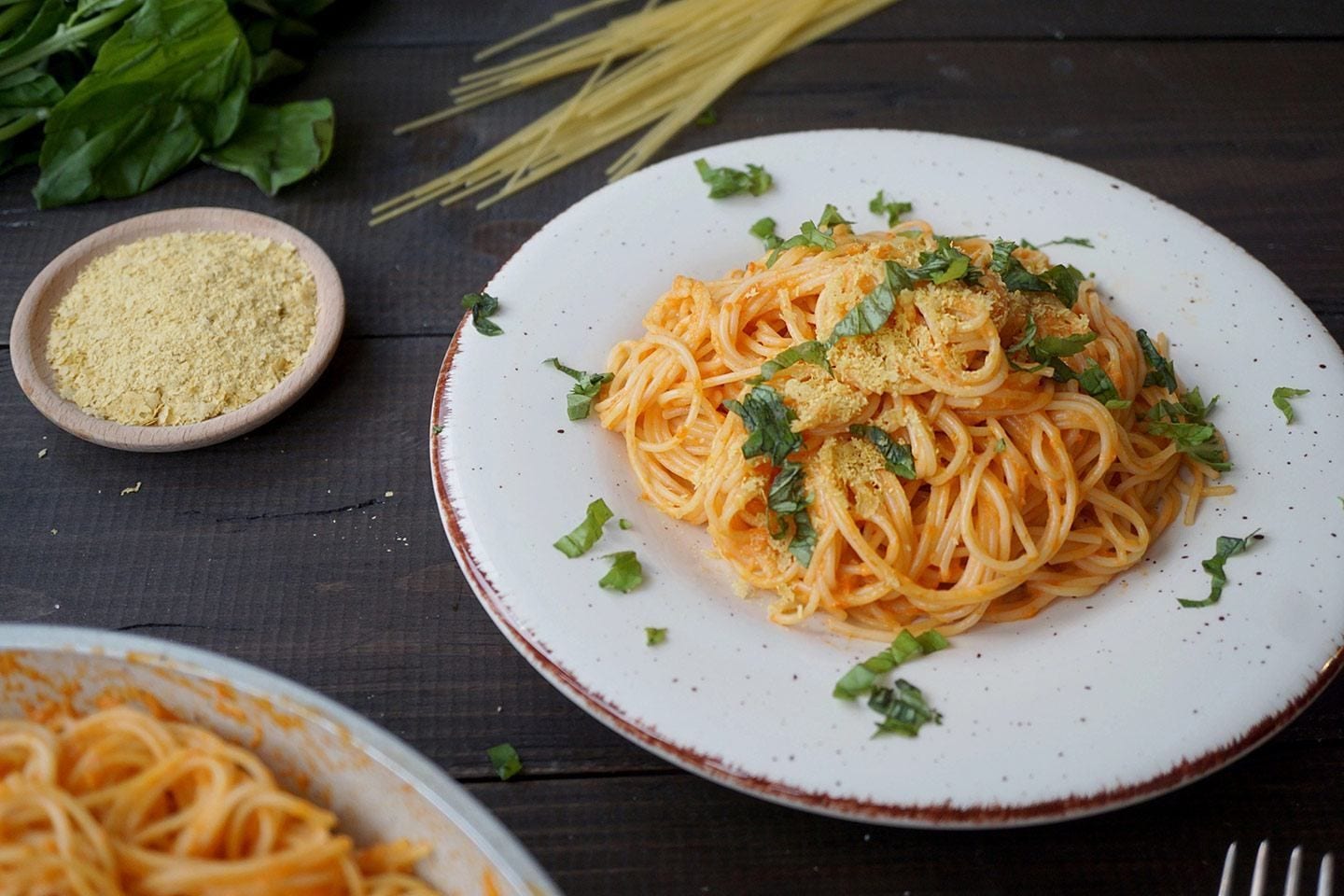An authentic Italian meal is a true culinary experience, an enrichment. Italians enjoy leisurely meals of many courses, with a great melding of flavors, aromas, colors and textures. And virtually every dish — seafood, pasta, breads, soups, stews, grains — is wonderfully seasoned with aromatic spices.
Essential Herbs & Spices for Italian Cooking
While Italy's twenty distinct regions boast no less than twenty distinct culinary approaches, certain spices are central to most Italian fare. Here's a look at some of the Italian cook's most important spices:
Basil: Perhaps the most important spice in the Italian kitchen, basil distinctively flavors Italian minestrone, pasta sauces, salads and dressings, breads and marinades. You'll often find it alongside oregano, and it's the traditional basis for pesto.
Oregano: Although a strong spice, oregano partners well with other spices — especially basil — in Italian cuisine. You'll find it works in virtually every tomato-based dish and in a variety of sauces, soups, meat, fish, and egg dishes, pizza, and vegetable dishes (especially eggplant).
Parsley: With its fresh color and flavor, parsley is used as a garnish but also as a subtle seasoning in soup stock, meat marinades, salads and dressings, and pasta sauces. One traditional Italian pasta sauce relies upon parsley, anchovies and garlic.
Garlic: Garlic is found in most cuisines, but it's indispensable in Mediterranean dishes. Use it in sauces, stews, soups, salad dressings, pasta sauces, casseroles, breads, grains, and croutons. For convenience, it's available in flakes, granules, and powder.
Italian Blends: For the ease of prepared blends, try Frontier Co-op Italian Seasoning and Herbs of Italy Seasoning. Toss any with hot pasta for a quick dinner or cold pasta for a tasty side. Sprinkle on bread before grilling or making croutons, or add to soups, casseroles, or any dish you'd like to make the pièce de résistance.
Rosemary: The fresh, sweetly strong taste of rosemary is delightful with poultry, fish, and seafood. Italian cooks often add it to roasted lamb with potatoes and many grilled meats as well. Try it in any vegetable dish and in breads, especially focaccia.
Sage: Aromatic sage is typically found in stuffings, poultry and meat dishes, sausages and soups. Italian cooks also use it, along with garlic, to flavor butter for pasta dishes. It enhances salads (especially bean salads), and dressings, too. Sage is traditional in Tuscan white beans and in Saltimbocca, a veal dish.
Chilies: Italian cooks sometimes use pungent chili peppers to enliven sauces, stews, and seafood dishes. They're also often found in Italian sausages. Experiment with different varieties for different effects.
Fennel Seeds: The distinct, licorice-like taste of fennel is found in Italian meatballs and sausage and with roasted meats and fish. To enhance the flavor, toast the seeds lightly before adding to your dish.
Chives: For a mild onion flavor and lovely color, Italian cooks use chives in salads and dressings, pasta dishes, casseroles, soups and stews. Dried chives are a convenient staple.
Marjoram: Like its relative oregano, marjoram is used liberally in Italian kitchens. It's a versatile seasoning, compatible with many vegetables, meats and poultry. You'll find it in recipes for Italian soups, stews, sauces, and salad dressings.
Thyme: Its affinity for tomatoes makes thyme a good choice in Italian cooking. Aromatic and pungent, it takes just a light touch to season poultry, seafood, fish, meats, marinades and stuffings.
Bay: Bay leaves are an important addition to Italian broths, soups and stews, grilled meats, and roasted poultry. It generally takes just one leaf to fully season a large serving.
Onions: "Sauté onion and garlic" begins many an Italian recipe. Dried onion flakes, onion powder, onion granules, minced onion and onion salt provide maximum convenience. Add them directly to soups and sauces, dressings and casseroles — any recipe calling for onion flavor.
Nutmeg: Not just a dessert spice in the Italian kitchen, nutmeg adds a lovely, rich scent and flavor to ravioli filling and tortellini dishes. You'll also find it in recipes for Bolognese meat sauce and Italian stews.
Other Key Ingredients
Olive Oil
A staple in Mediterranean cuisine, olive oil is used for cooking, dipping crusty breads, drizzling on salads, and tossing with pasta. Touted for its health benefits, olive oils are identified according to regions in which they're produced, much like wines.
Tomatoes
Tomatoes are the basis for innumerable Italian dishes. Dried tomato flakes are a convenient way to keep tomatoes on hand for soups, sauces, and casseroles. They have a rich taste, a bit deeper than fresh tomatoes. In fact, many recipes specify dried tomatoes for this distinct taste.




